
Signs Your Succulents Are Overwatered: Key Indicators to Watch
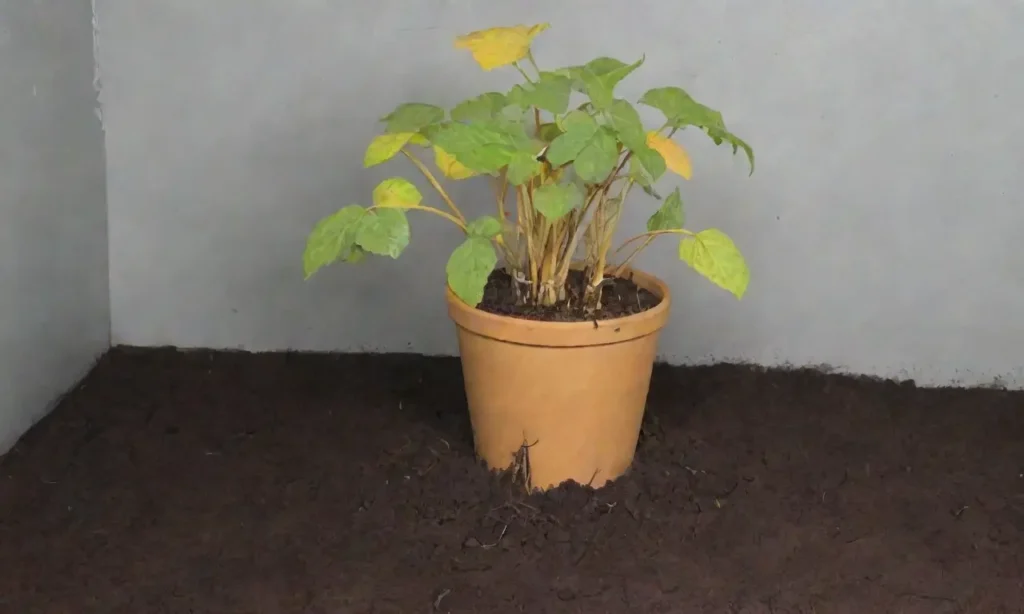
Introduction
Succulents are beloved plants because of their unique appearances and low maintenance needs. Originating from arid regions, they have developed the ability to store water in their leaves, stems, and roots. While this characteristic makes them resilient, it also means they are particularly sensitive to overwatering. Overwatering can lead to numerous issues, including root rot, which can be fatal to these hardy plants. It’s essential for succulent owners to understand the subtle signs of overwatering to mitigate damage and ensure their plants thrive.
This article aims to provide you with an in-depth understanding of the signs that indicate your succulents may be suffering from overwatering. We will explore the various symptoms to look out for, explain the importance of proper watering techniques, and offer guidance on how to save overwatered plants. By the end of this article, you will feel empowered to care for your succulents more effectively and prevent the pitfalls of overwatering.
Signs of Overwatering
Recognizing the symptoms of overwatered succulents is crucial for timely intervention. The first sign that tends to be noticeable for many succulent owners is discoloration of the leaves. When succulents receive too much water, their leaves may become yellow or translucent. These changes often indicate that the plant is beginning to struggle to cope with the excess moisture.
Yellow Leaves
Yellowing of leaves can be one of the most alarming symptoms to observe. This change typically starts at the bottom of the plant and progresses upwards. Over time, if the overwatering issue is not addressed, these yellow leaves may fall off. The yellowing is a process known as chlorosis, where the leaves lose their green pigment and vitality due to moisture imbalance and lack of essential nutrients.
Additionally, the texture of the yellow leaves will not feel firm. Instead, they can feel mushy or soft, signaling that the plant’s cells are saturated with water. If you find your succulents exhibiting this sign, it’s essential to reduce watering and let the soil dry out thoroughly to prevent further damage.
Mushy or Soft Leaves
Another clear indicator that your succulents are overwatered is mushy or soft leaves. This phenomenon occurs as excess water fills up the cells, causing them to swell beyond their capacity. As a consequence, some leaves might start to droop or lean sideways. This visibility of softness is often the result of breakdown within the plant’s structure, and it poses a significant risk to the overall health of the succulent.
Unlike healthy succulents, which have firm and plump leaves due to the balanced moisture level, the affected plants may develop signs of rot as parts of the leaves begin to decay. When you notice any mushiness, it’s critical to decrease the frequency of watering and ensure that the pot has proper drainage systems, allowing excess water to escape and the roots to breathe.
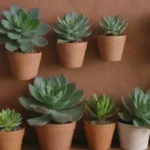 How to Tell If Your Succulents Are Overwatered or Just Sad
How to Tell If Your Succulents Are Overwatered or Just SadRoot Rot Symptoms
While observing the leaves is essential, examining the roots can provide further insight into the succulents' health. When overwatering persists, the roots of the plant can rot. Root rot is often characterized by dark, mushy roots compared to healthy roots, which are typically white and firm. If you notice signs of root rot, it's often accompanied by a foul odor, reminiscent of decay, which can be a crucial indicator that your plant has been overwatered for a prolonged period.
To check your succulent's roots, carefully remove it from the pot and inspect the root ball. If the roots display any dark, mushy, or unpleasant characteristics, it’s vital to take immediate corrective action. This may include trimming away the damaged roots and repotting the succulent in fresh, dry soil while ensuring that the pot has adequate drainage.
Importance of Proper Watering Techniques
Understanding the various watering techniques is fundamental to keeping your succulents healthy and vibrant. One key strategy is to follow a concept known as "soak and dry." This method involves thoroughly watering the plant and allowing the soil to dry completely before the next watering session. The idea is to simulate the natural environment most succulents are accustomed to, where rain is intermittent, followed by dry spells.
Frequency of Watering
Determining the frequency of watering can be tricky but is essential to success. Factors such as climate, humidity, and the type of pot used can significantly influence how often your succulent needs to be watered. Generally speaking, it is advisable to check the moisture level of the soil approximately every week, particularly during the growing season (spring and summer). In the dormant seasons (fall and winter), the frequency can usually be reduced as succulents require less water.
Using your finger to gauge the moisture in the top inch of the soil can provide a good indication of whether the plant needs water. If the soil feels dry to the touch, it’s likely time to water again. Conversely, if the soil is still damp, hold off on watering for a few extra days.
Choosing the Right Pot and Soil
Using the right potting mix and containers can make a substantial difference in the health of your succulents. Standard potting soil tends to retain moisture, which is not conducive to the needs of succulents. Instead, opt for a well-draining soil specifically designed for succulents and cacti. These blends typically include components like perlite, sand, and coarse materials that enhance drainage.
Similarly, using pots with drainage holes is vital. Terracotta or ceramic pots are ideal choices since they allow for better air circulation and help wick away excess moisture. If your plant is in a decorative pot without drainage, consider repotting it into a proper planting container or at least separating the plant for brief watering sessions to eliminate the risk of overwatering.
 Recognizing the Signs of Overwatered Succulents in Your Garden
Recognizing the Signs of Overwatered Succulents in Your GardenHow to Save Overwatered Succulents
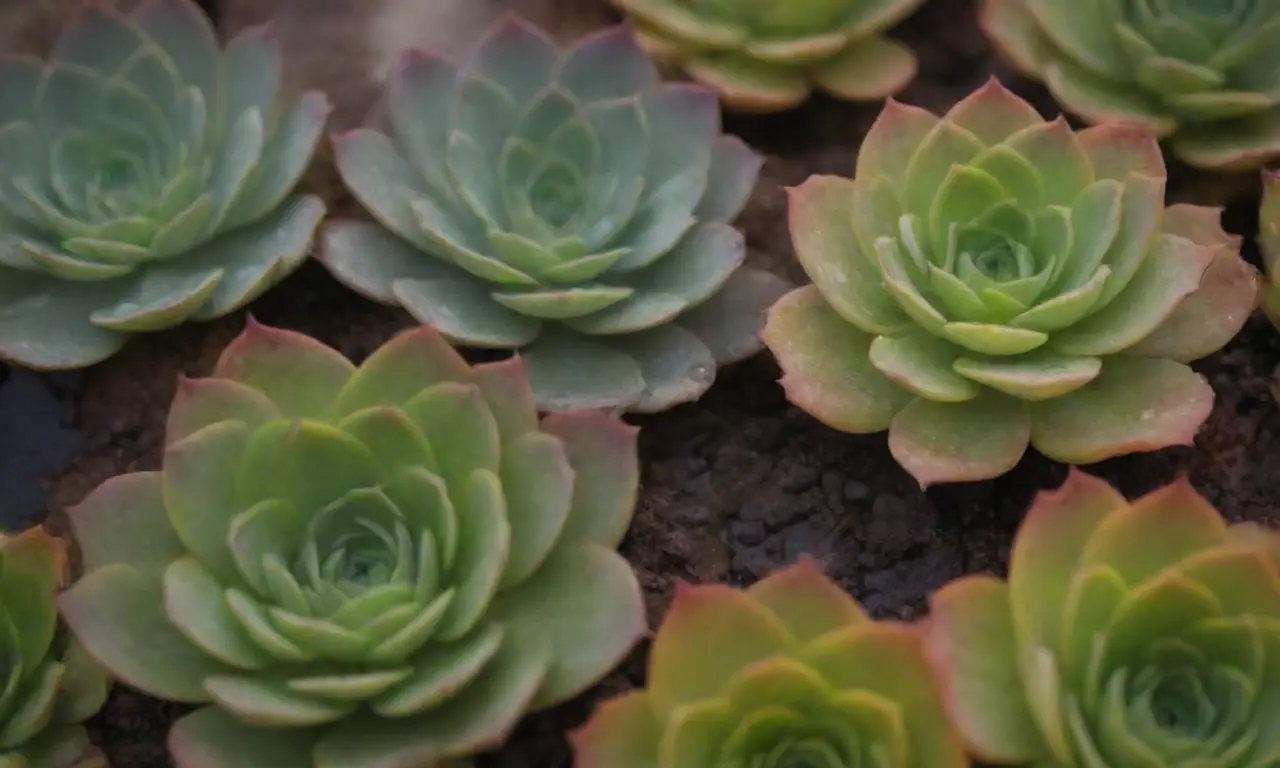
If you have determined that your succulents are indeed overwatered, don’t fret! With prompt care, you can save them from further damage. The first step is to stop watering the plant immediately. Place the succulent in a location where the soil can dry out faster, away from direct sunlight so it doesn’t become stressed.
Repotting
Consider repotting your succulent. This procedure involves carefully removing it from its pot and inspecting the roots thoroughly. If you find any that are excessively mushy or black, you should trim them away using sterile scissors to prevent further infection. Afterward, let the plant sit in a dry spot for a few hours to allow any cut roots to callus over, which helps prevent further rot once you replant it.
After the plant has callused, place it in a new or cleaned pot with fresh, dry soil. Be sure to choose soil that provides excellent drainage, and leave enough space between the pot and the soil line for proper airflow. This change will significantly boost the ability of your succulent to recover from wet conditions.
Monitoring Progress
After you’ve repotted your succulent, keep a close eye on its progress. This observation period is critical for determining how well the plant is recovering from its ordeal. Refrain from watering the plant for at least a couple of weeks, allowing the soil to dry completely before resuming your normal watering routine. During this time, be sure to watch for any new growth, as this is a strong sign that the succulent is bouncing back.
Once the succulent starts showing signs of recovery, you can gradually return to a consistent watering schedule based on your observations. Keeping a close record of watering habits can help you prevent any future instances of overwatering.
Conclusion
Being a succulent owner comes with the responsibility of understanding these unique plants and their specific needs. Overwatering is a common mistake that can lead to serious consequences, such as root rot and other detrimental effects. Recognizing the indicators—such as yellowing leaves, mushiness, and root rot—can help you take immediate action to save your precious plants.
 What Your Succulents Are Telling You: Signs of Overwatering
What Your Succulents Are Telling You: Signs of OverwateringIn addition to monitoring signs of overwatering, employing effective watering techniques, proper soil choices, and ensuring adequate drainage can make a world of difference in the health of your succulents. Remember that succulents thrive on a soak and dry method, which is essential for mimicking their natural habitat.
Finally, if you do find yourself in a situation where your plants are overwatered, don’t panic. With the appropriate steps—like repotting, trimming damaged roots, and closely monitoring soil moisture—you can often revive and restore your succulents to their former glory. With patience and care, succulents can make a wonderful addition to any home, providing beauty and charm for years to come.
If you want to read more articles similar to Signs Your Succulents Are Overwatered: Key Indicators to Watch, you can visit the Signs of overwatering category.

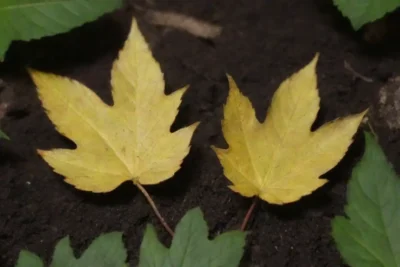
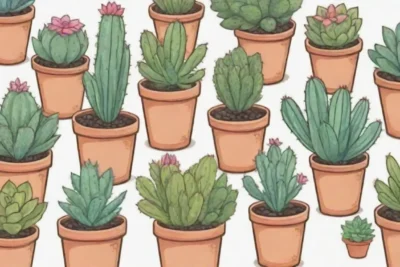
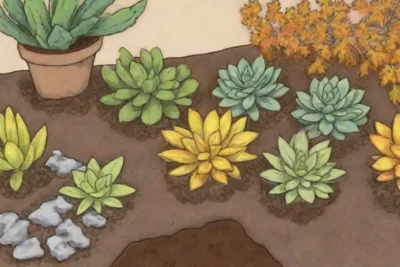
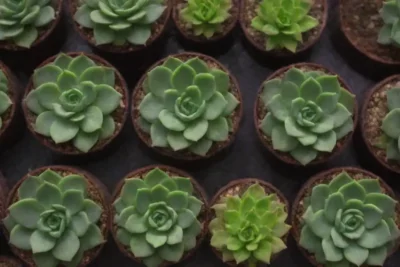
You Must Read